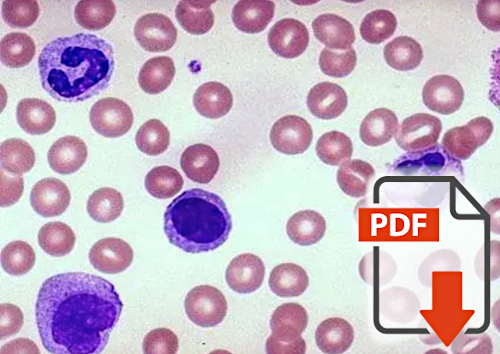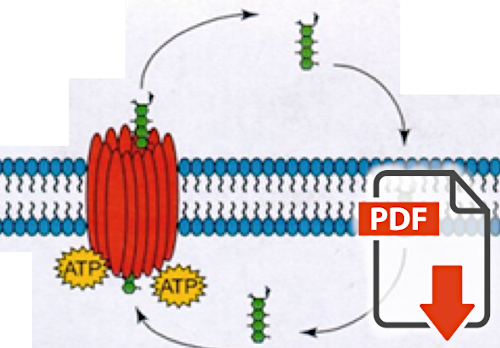| In medicine, blood tests play a major role in the diagnosis of diseases. In ophthalmology, however, this has less of a tradition, although there are many relationships. For example, patients with glaucoma have decreased citrate levels or a different composition of autoantibodies (e.g., increased anticardiolipin antibodies). Particularly instructive are altered gene expressions in leukocytes, which the group led by Flammer and Golubnitschaja have studied intensively. An example of this is shown here. |

SA Fraenkl , O Golubnitschaja , K Yeghiazaryan , S Orgül , J Flammer:
Differences in gene expression in lymphocytes of patients with high-tension, PEX, and normal tension glaucoma and in healthy subjects |
Every cell in the body contains the entire genetic information in the form of DNA. Depending on its current needs, the individual cell copies parts (genes) of this DNA into RNA as instructions for the synthesis of proteins. The information about which genes a cell is currently reading (expressing) and how intensively gives us insight into the activities of that cell. Fraenkl and co-authors isolated lymphocytes from blood and quantified their gene expression. This was significantly different in glaucoma patients compared to healthy control subjects. There were also significant differences between the different forms of glaucoma. This is further confirmation that glaucoma is a systemic disease. |

K Wunderlich, Ch Zimmermann, H Gutmann, B Teuchner, J Flammer, J Drewe:
Vasospastic persons exhibit differential expression of ABC-transport proteins |
Wunderlich and co-authors found altered expression of ABC transport proteins in mononuclear leukocytes from patients with vasospasm compared with healthy controls. Some genes were significantly over-expressed, others significantly under-expressed. Since these transport proteins are also involved in drug transport, this finding at least partially explains the altered drug sensitivity of people with Flammer syndrome. |